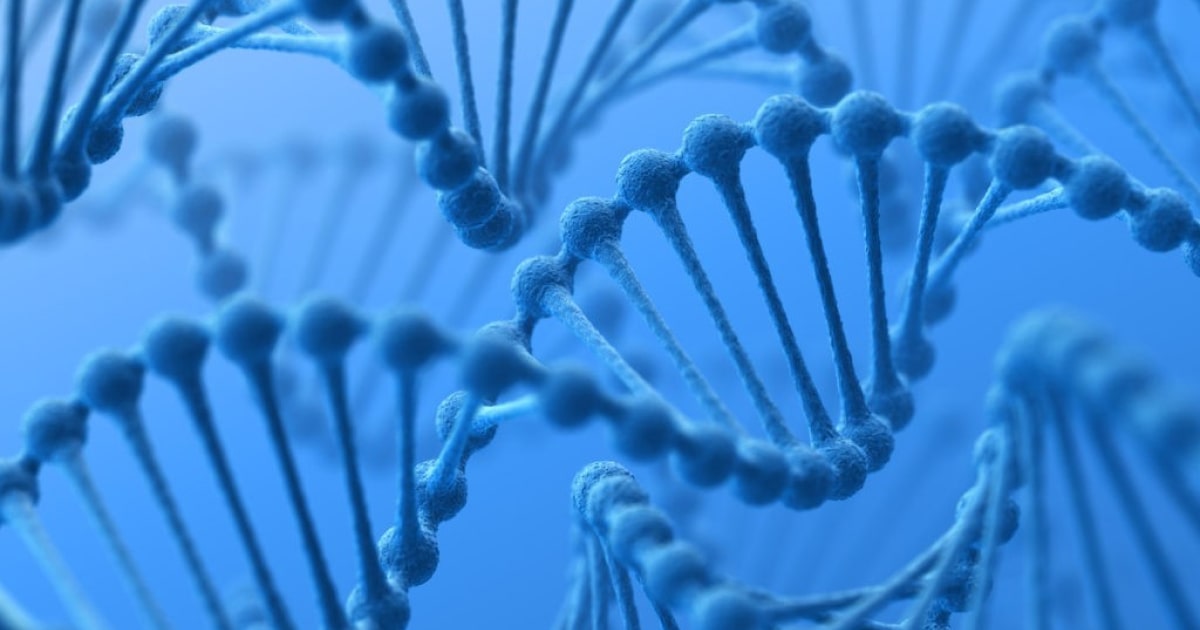
Expert Reviewed By: Dr. Brandon Colby MD
CAPN3-related disorders are a group of rare genetic conditions that primarily affect the muscles. The most common and well-known of these disorders is Limb-Girdle Muscular Dystrophy Type 2A (LGMD2A). This article aims to provide a comprehensive overview of CAPN3-related disorders, their diagnosis, and the role of genetic testing in managing these conditions.
What are CAPN3-Related Disorders?
CAPN3-related disorders are caused by mutations in the CAPN3 gene, which provides instructions for producing the enzyme calpain-3. This enzyme plays a crucial role in maintaining muscle function and structure. When the CAPN3 gene is mutated, calpain-3 enzyme activity is reduced or absent, leading to muscle weakness and wasting over time. The severity and progression of these disorders can vary widely among affected individuals.
The most common CAPN3-related disorder is LGMD2A, a form of limb-girdle muscular dystrophy characterized by progressive muscle weakness and wasting, particularly in the shoulder and pelvic girdle regions. Other, rarer CAPN3-related disorders include Calpainopathy and Calpain-3 Deficiency, both of which also involve muscle weakness and wasting.
Diagnosing CAPN3-Related Disorders
Diagnosing CAPN3-related disorders can be challenging due to the variability in symptoms and the rarity of these conditions. A combination of clinical examination, family history, and laboratory tests is typically used to reach a diagnosis. Diagnostic tests may include blood tests to measure creatine kinase (CK) levels, which are often elevated in individuals with muscle disorders, as well as muscle biopsy to examine muscle tissue for signs of damage or abnormal protein accumulation.
Genetic testing is also an essential tool in diagnosing CAPN3-related disorders, as it can confirm the presence of mutations in the CAPN3 gene. This can be particularly helpful when clinical features and laboratory findings are inconclusive or when a specific diagnosis is needed for family planning or treatment purposes.
Genetic Testing for CAPN3-Related Disorders
Diagnostic Testing
Diagnostic genetic testing for CAPN3-related disorders involves analyzing the CAPN3 gene for mutations. This can be done through several methods, including DNA sequencing and deletion/duplication analysis. DNA sequencing examines the gene's coding regions to identify any changes in the DNA sequence, while deletion/duplication analysis looks for larger alterations in the gene, such as missing or extra copies of the gene.
A positive genetic test result confirms the presence of a CAPN3 gene mutation and can help establish a definitive diagnosis. This information can be invaluable for patients and their families, as it can guide treatment and management decisions, as well as inform family planning choices.
Carrier Testing
Carrier testing is another important use of genetic testing for CAPN3-related disorders. Since these conditions are inherited in an autosomal recessive manner, both parents must carry a mutated copy of the CAPN3 gene for a child to be affected. Carrier testing can determine whether an individual carries a mutated copy of the gene, even if they do not show any symptoms of the disorder.
This information can be particularly valuable for couples with a family history of CAPN3-related disorders or those from populations with a higher prevalence of these conditions. Knowing their carrier status can help couples make informed decisions about family planning and prenatal testing options.
Prenatal and Preimplantation Genetic Testing
For couples at risk of having a child with a CAPN3-related disorder, prenatal and preimplantation genetic testing can provide valuable information. Prenatal testing involves analyzing the DNA of the developing fetus, either through amniocentesis or chorionic villus sampling (CVS), to determine whether the fetus has inherited a mutated copy of the CAPN3 gene from both parents.
Preimplantation genetic testing, on the other hand, is performed on embryos created through in vitro fertilization (IVF) before they are implanted in the uterus. This allows couples to select embryos without the CAPN3 gene mutation, reducing the risk of having a child with a CAPN3-related disorder.
Conclusion
CAPN3-related disorders are rare genetic conditions that can have a significant impact on the lives of affected individuals and their families. Genetic testing plays a crucial role in diagnosing these disorders and guiding treatment and management decisions. By understanding the uses and benefits of genetic testing for CAPN3-related disorders, patients, families, and healthcare providers can make more informed decisions and work together to improve the quality of life for those affected.
About The Expert Reviewer
Dr. Brandon Colby MD is a US physician specializing in the personalized prevention of disease through the use of genomic technologies. He’s an expert in genetic testing, genetic analysis, and precision medicine. Dr. Colby is also the Founder of and the author of Outsmart Your Genes.
Dr. Colby holds an MD from the Mount Sinai School of Medicine, an MBA from Stanford University’s Graduate School of Business, and a degree in Genetics with Honors from the University of Michigan. He is an Affiliate Specialist of the American College of Medical Genetics and Genomics (ACMG), an Associate of the American College of Preventive Medicine (ACPM), and a member of the National Society of Genetic Counselors (NSGC)